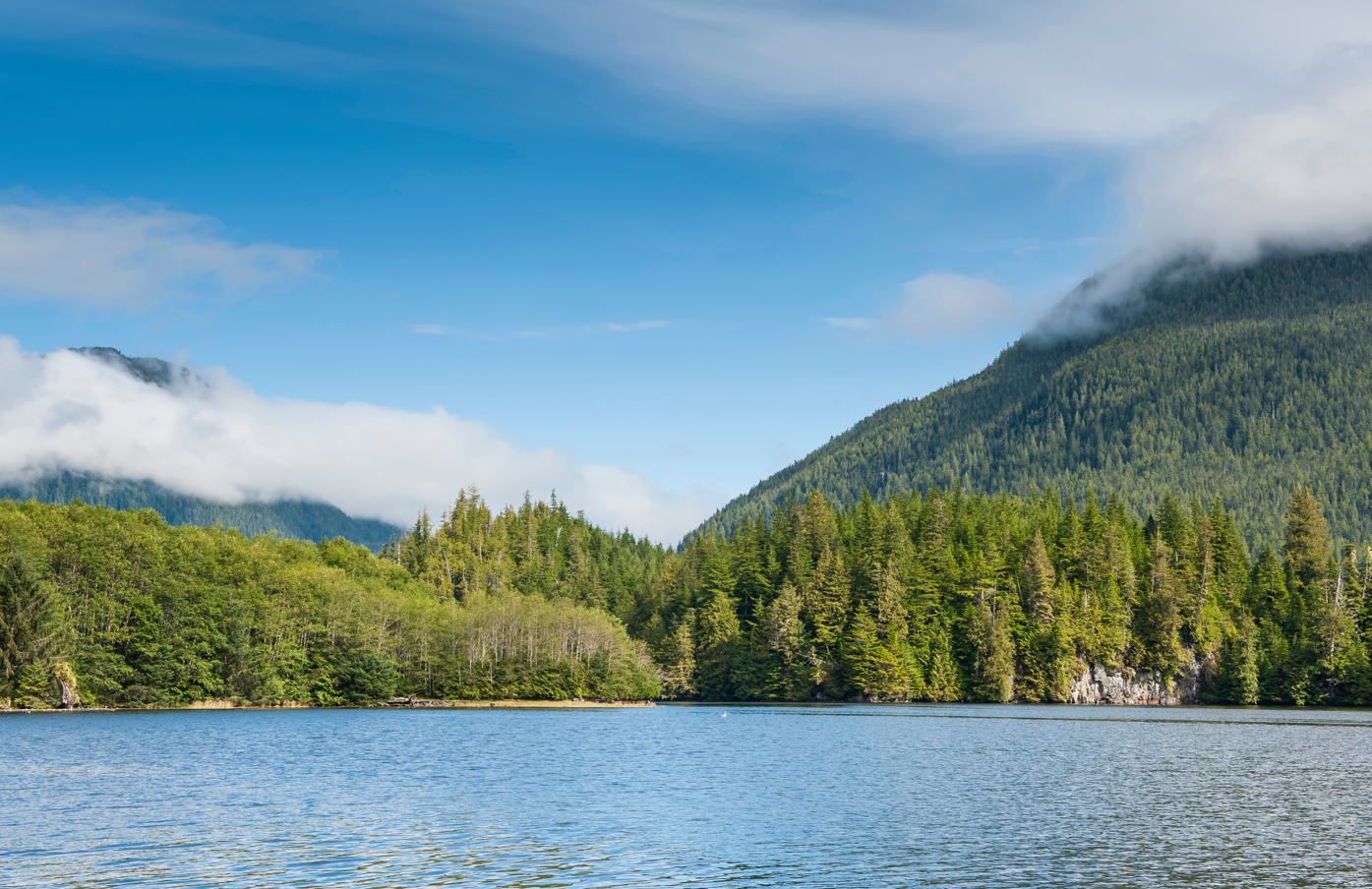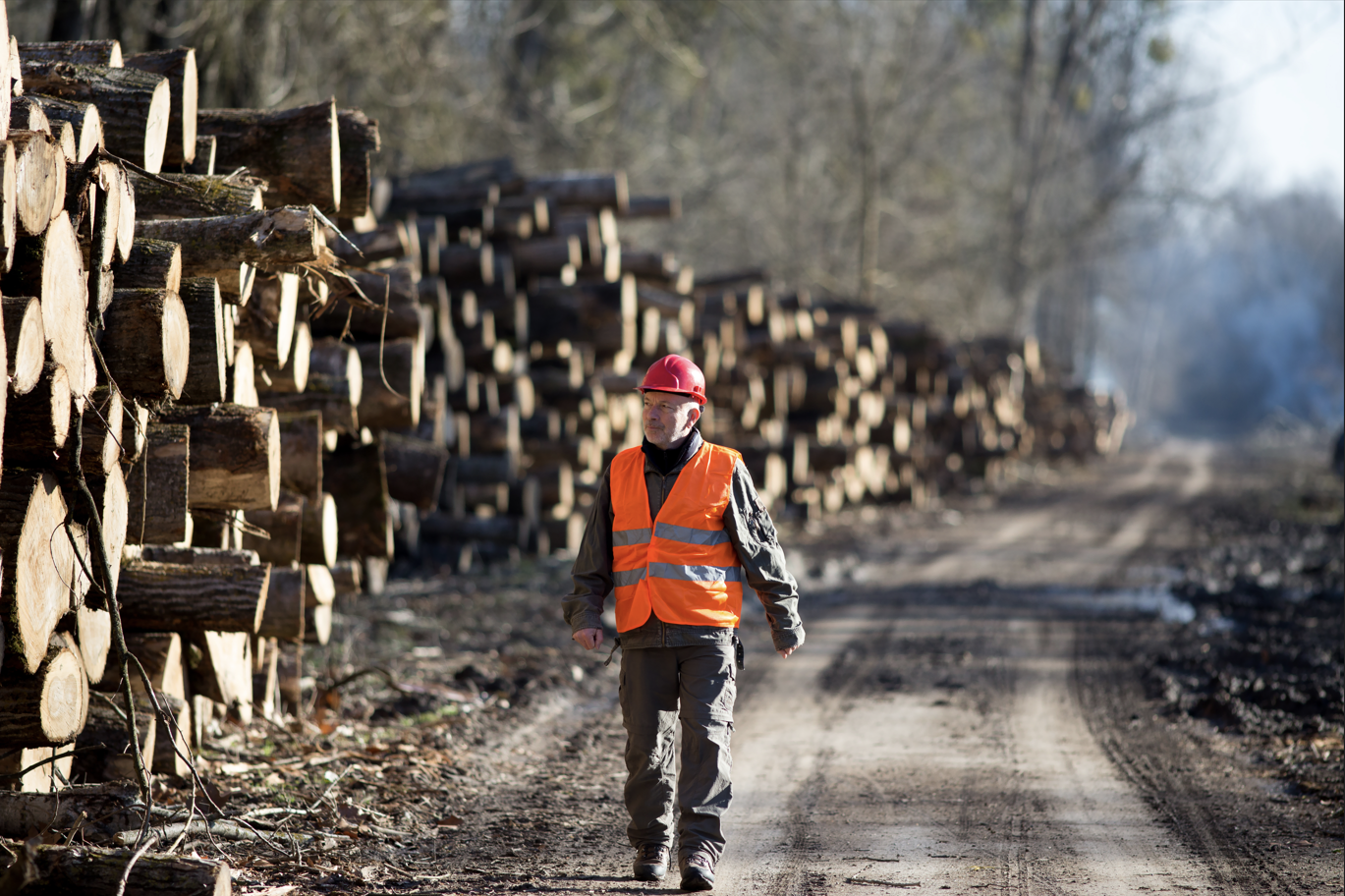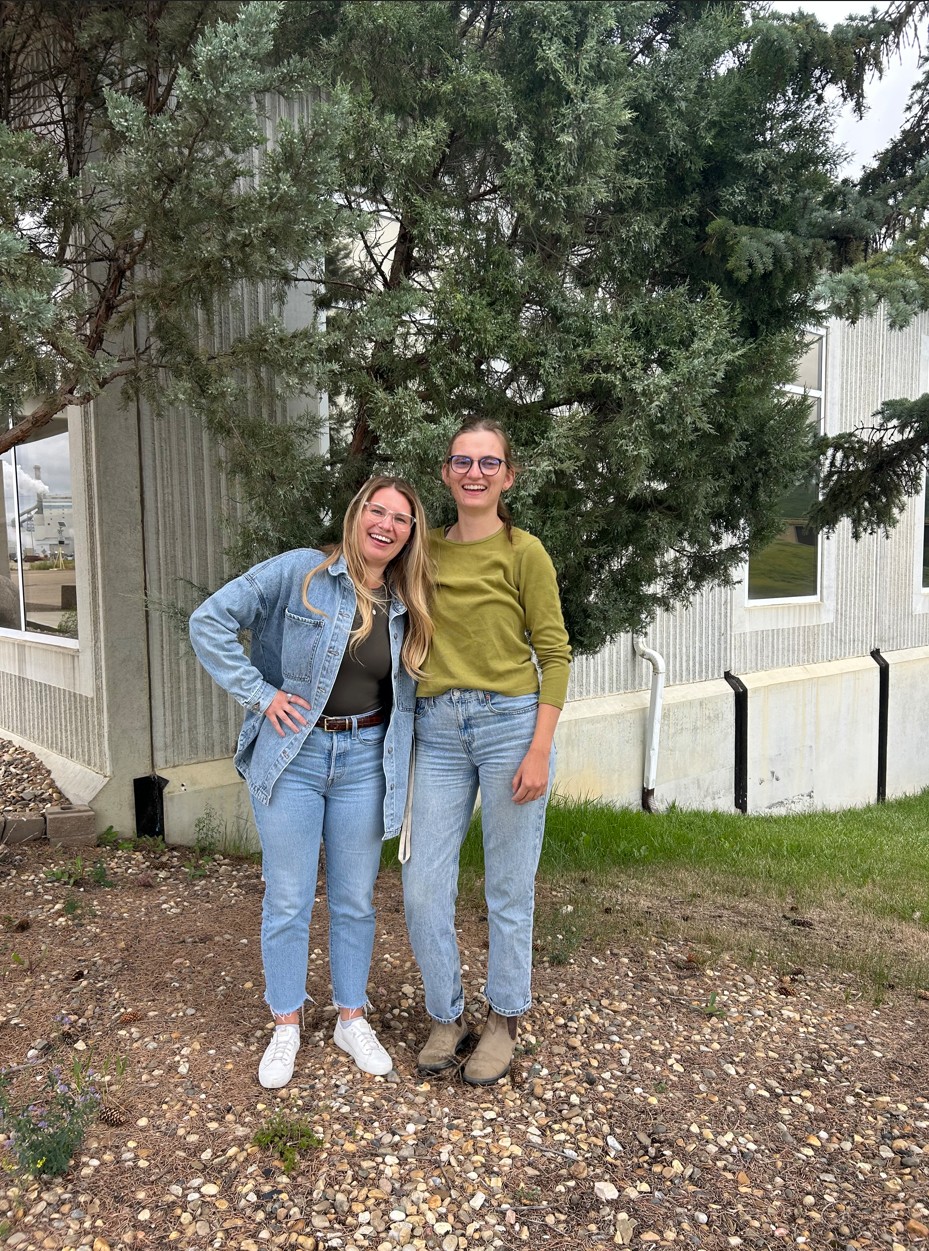For my last blog post I thought it would be cool to talk about an educational field trip that was led by our fellow West Fraser silviculture comrades who reside in Smithers BC. Normally I wouldn’t volunteer to wake up at 5am to sit in a truck for three hours or so but its beautiful around Smithers and I thought it would be a nice change from the endless burnt blocks and fire weed around Fraser Lake. Plus I was in good company with my two bosses and fellow summer student who are all female and the absolute silliest of gooses. It was a good day for a good day.
The adventure started out a bit rough though when my bosses dog Zooma sniffed out and ate my delicious candied salmon that I spent 5 days making. I was devastated. Cant get upset at Zooma though, he's too much of a sweet heart. I mean look at that face. Bless his tender soul. Anyways...

Soon enough we were crossing Babine Lake on the barge then on the road again to meet the Smithers silviculture boss (Tim) and his band of summer students at a river where we got a great view of the spawning sockeye salmon under the bridge. I was kicking myself for bringing a fishing rod but no cooler to put a big salmon in. Could’ve made some more candied salmon…

Then we were off to check out some of the projects the Smithers crew were working on, the first one being an interesting experiment to see how much better four different stocks of spruce do in mounded soil compared to un-mounded soil . Mounding is usually done in wetter areas with heavy vegetation. Mounding gives the tree a year head start over the competing vegetation by disturbing the ground it grows in. They’re also comparing how the four different stocks of spruce perform against each other and how important microsite selection is. The growth of a tree could vary greatly depending on the microsite you plant in. They want to find out how much better a tree does if it's planted on an elevated spot rather than a low spot, or if a tree prefers to grow in red rot or mineral soil. Important information a planter needs to keep in mind while planting trees. So the Smithers boys painstakingly measured the dimensions of every tree plug , recorded the data, planted the trees in the mounded and un-mounded soil, and marked every tree showing which stock it came from. One student said he spent the last day planting in only his underwear. Why? I do not know. I bet he sure felt alive around all that devils club and stinging nettle though. Both of those are medicinal but I would prefer a different method to get the dosage.

We then went to a different block where there was an active mounding operation taking place. There was an excavator in the distance working tirelessly digging mound after mound in the cut block. Two operators work 24 hours a day taking turns after 12 hour shifts. It was a wetter site than the last and we were asked to try and classify the soil. Everyone, including myself, thought it was clay, you could mold it in any shape you want, but it was black. Tim assured us that it was dense organic soil which I found surprising. They then walked us through a plot. Definitely not the plots that we in Fraser Lake are used to doing where we would stick our planting shovel in the ground and swing a plot cord around it to determine tree density, species, quality, health and height among the well spaced trees in the plot (Im leaving out a lot of steps but that’s the gist of it). Instead these guys were plotting mounds and their goal is to get seven mounds per plot which equals 1400 mounds/trees per hectare. In that plot he counted six so the operator was doing a pretty good job.

We ended the day the same way we started it, by watching the salmon swim upstream. Good way to start and end a good day. My supervisor even wrestled her a salmon with her bare hands, that savage. Throughout the day I enjoyed listening to the back and forth between our two bosses and seeing how the Smithers silviculture team does things. After a quick bite to eat it was time to say goodbye to the lush and mountainous land of Smithers and head back home to help reforest the scorched hills around Fraser Lake.

Once again I would like to thank FPAC and the administrators of The Green Dream program for putting this on and allowing me to make and share content. I had a blast making these posts and I wish I could make some more. Also a huge thanks to our silviculture superintendent Sara Johnson and our supervisor Rebecca Landry for being such awesome mentors throughout the summer.










.jpeg)

